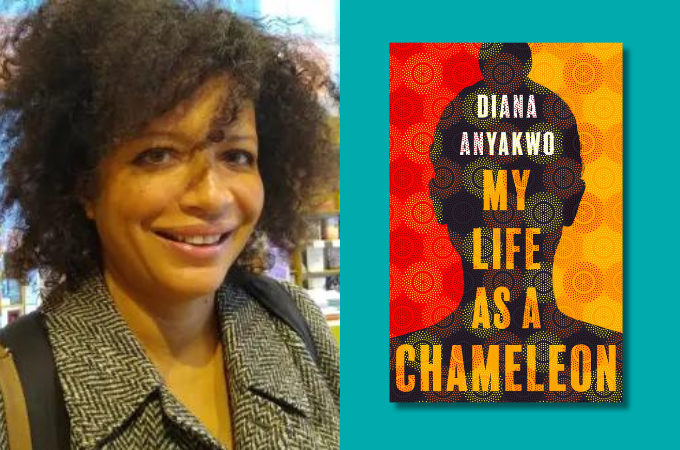
In My Life as a Chameleon, Diana Anyakwo gifts pre-teen and teen readers with a young adult novel that skillfully and artistically explores some of the most pressing issues we are grappling with in the adult world today.
The author grew up in Lagos, Nigeria and is of mixed Irish and Nigerian heritage. Lily, the protagonist of the novel, also has a racially mixed background, but her fictional story is all her own. Anyakwo delivers Lily’s story in a narrative structure similar to a diary; the chapters shift back and forth through the 1980’s and the year 1990 with a disregard for strict chronological order. Additionally, the author creates a sense of intimacy with her readers by using first-person narration.
After reading the novel, I realized it contained two disappearing acts. First, there is the gradual wasting away of Lily’s Nigerian father who is seemingly healthy at the outset of the narrative, but then suffers from increasing symptoms of schizophrenia and eventually has a stroke. Running parallel to the father’s disappearance is the chameleon-like vanishment of Lily which is alluded to in the book’s title.
Her parents have four kids, and Lily is the youngest. The next sibling closest to her in age is seven years older. Being the youngest in her particular family produces feelings of estrangement for Lily. She feels that she gets pushed aside. She is aware of her awkwardness in social settings, and eventually she labels herself as a loner.
Once her dad is hospitalized early in the novel, Lily decides to retreat into an imaginary world of her own making. Conflicts at school are the catalyst for her longing to be a chameleon. When she is finally forced to confront the tragedy of her dad’s death, she concludes that she is not affected like her mom and siblings. Lily believes she is no longer in her body and that she is observing the events surrounding the mourning of her dad’s death at a distance.
Like the majority of adolescents and young adults, Lily must forge an identity within the confines of family life, and the formation of that identity often requires her to endure a series of personal and social challenges. Before the death of her Nigerian dad, Lily views him as someone akin to a Rubik’s Cube – a person who is impossible to unriddle. Her Irish mother is constantly busy with the work obligations of her career outside the house in addition to her duties inside the home. Eventually, the protagonist’s mom is overwhelmed with being the primary caretaker of an ailing husband.
Adding to the familial conflict is Lily’s leaving her mom and dad behind to study in Britain. Although she was born in Nigeria, she travels to Manchester, England to live with an older brother and her Auntie Maureen, the sister of her mom. Life in England brings different family expectations, homesickness, culture shock, and the guilt of abandoning an ailing dad.
The novel offers its readers close-up views of how its characters must navigate the sociocultural contexts of both Nigeria and Britain. Examining the social position of Lily’s mom as a Nigerwife, the novel shows the social struggles a foreign woman often endures when she marries a Nigerian man. Foreign-born wives faced so many impediments related to residency, visas, and work permits that they formed a Nigerwives association in 1979.
Additionally, in the background of the novel there are references to the 1985 Nigerian coup that makes Lily perceive that she is viewing death everywhere. She and her family must pass through the police checkpoints set up by a notorious mobile police force called MOBO. Yet, the protagonist also learns that police violence is an international phenomenon. In Manchester, she witnesses conflicts between the police forces and ordinary citizens. Racism adds fuel to the conflicts between White police officers and young Black boys, and she soon learns that the boys in her family refer to the police as pigs.
As a young person of mixed racial heritage, the narrator confronts the often-contradictory racial relations of both Nigeria and England. Growing up in 1980’s Nigeria, she is referred to as a half-caste – the term used for mixed people during that era. Her frizzy hair becomes a distinguishing feature in both Nigeria and England. She is made aware of her racial identity early on because the school called St. Joseph’s in Nigeria has fewer Black students than the school she eventually transfers to in Manchester, England. Confounding her experience with racial identity is the fact that her dad doesn’t understand her experiences of racism.
While attending a different Nigerian school – the American School – the narrator learns that the Indians, Pakistanis, and Africans are at the bottom of the list when it comes to being labelled as cool. The European, Israeli, and Chinese kids are on the higher echelons. Yet class trumps race in Nigeria, and students don’t experience a bump up the social ladder for being half-caste.
Although Lily goes to England with utopian beliefs that it will be a sort of promised land, she soon understands why her mixed-race siblings say that in Britain they prefer socializing with people of color. She is taunted for being from Africa, and she learns that even some Jamaican kids believe themselves superior to her because of their geographical origins.
Despite class trumping race at Lily’s American School in Nigeria, the protagonist comes to realize that the two are very much intertwined in the two countries. Her home in Nigeria during 1982 has five bedrooms, and within its confines her father disapproves of her playing with the servants’ kids. Occupying a station higher than the working class and the servant class, initially her parents never worry about money.
Yet the narrator’s family members become déclassés after a White businessman steals her father’s money in a corrupt business transaction. Given the father’s impending illness and the subsequent dependance on the mom’s income, the family never recovers economically. When Lily finally goes to England, she finds herself in one of the most deprived areas of the nation where, to her dismay, her Auntie Maureen botches an attempt at shoplifting and makes off with only one shoe.
Diana Anyakwo skillfully succeeds in bringing to life a protagonist that young people and adults can relate to and one who will entice them to read the entire novel. She places Lily in a realistic setting where characters confront issues that are challenging societies today.
In My Life as a Chameleon, Diane Anyakwo does a splendid job creating a protagonist we root for, a protagonist who lives not only in two societies, but between two worlds both of which oftentimes make young girls feel invisible. As readers, we not only watch but also admire Lily as she follows the light through her darkest hours and comes out a shining star.
***



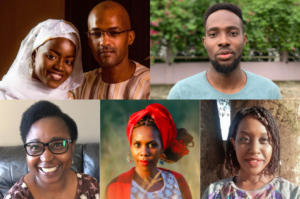
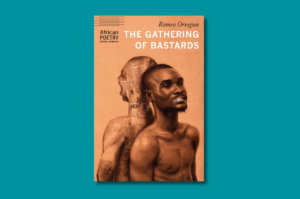
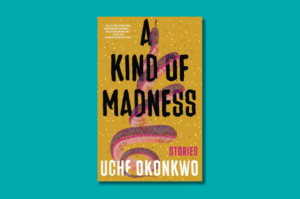
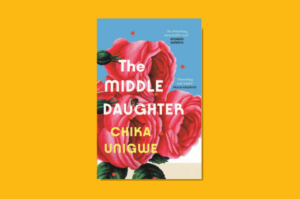

COMMENTS -
Reader Interactions